- Learning time
- 30 minutes
- First play time
- 80 minutes
Living Forest
Designed by: Aske Christiansen
In Living Forest, players are the spirits of the forest seeking to protect the trees – and themselves – from the antagonist spirit Onibi. During a number of rounds, you’ll play animal cards to take actions, furthering your progress towards victory. But crucially, there are three different ways to win…
Each player has a starting deck of cards that you’ll shuffle. In every round, players will first (simultaneously, although for your first few rounds you may want to take it in turns) draw cards one at a time from your deck before choosing how to use them. The card-drawing has a luck-pushing aspect: some animal cards are solitary, and if you draw a three solitary animals you must stop, and can only take a single action this round. However, if you stop drawing cards before a third solitary animal appears, you can take two actions instead: and how powerful your actions are is defined by the cards you’ve drawn: each card has symbols on it for suns, trees, water and sacred flowers.
So what are the actions? One of them is to buy more powerful cards and place them on top of your deck, ready to be drawn in the next round: this is exceedingly helpful, as better cards give you better turns. Another is to put out the fire Onibi has started in the forest – visible on a shared board – and taking the fire tokens for yourself. You can plant trees on your own board, which give you future benefits as well, or move your player piece along the shared path on the forest, taking the action of whatever space you stop on. If you pass another player during this movement, you can steal victory tokens from them, representing fire, trees, or a sacred flower.
The purpose of these multiple options are twofold: putting out – or at least managing – the fire in the forest prevents you (and others) from adding sacred flower cards to your deck, which are both solitary (ie unhelpful) and lacking in any benefits as well. The cards and trees increase your power on subsequent rounds. But most of all, these are the avenues to victory: if you collect twelve fire tokens or twelve different kinds of tree, you win. The third possible victory is via the sacred flowers – if you manage to play twelve of these symbols on a single turn, that is the final way to triumph.
At the end of each round any players who don’t have enough water symbols on their cards to negate the fire are forced to add sacred flower cards, and then more fire tokens are added for the next round.
The guru's verdict
-
Take That!
Take That!
Not overwhelming, but the path movement and stealing of victory tokens can be critical at the right time. Someone can even 'win' but have their victory taken from them before the round finishes.
-
Fidget Factor!
Fidget Factor!
Turns are pretty quick: flip a bunch of cards, then take one or two actions.
-
Brain Burn!
Brain Burn!
Not overwhelming, but not inconsiderable either. Living Forest is a game that offers three different paths to victory, and as well as the luck-pushing on your own turns, you also need to keep an eye on others and try to prevent them snapping up a victory.
-
Again Again!
Again Again!
There's something about each turn involving card flips aligned with the 'deckbuilding' of improving the cards you have that gives Living Forest a moreish feel. Combined with the random fall of cards and the divergent paths to victory, it's a canny, eminently revisitable game.


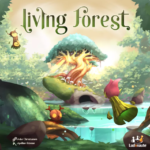
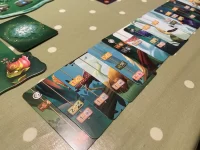
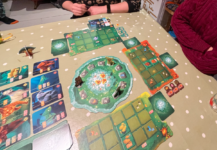



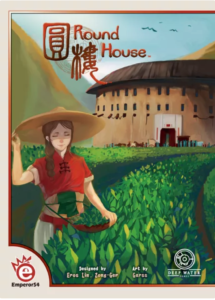
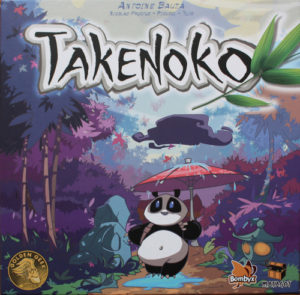
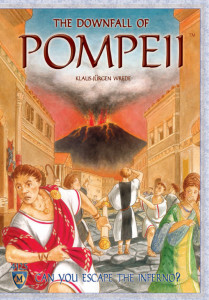

Sam says
Living Forest is a game that slightly misrepresents itself, I feel, with a long rulebook and a visual presence of numerous things that end up making a newcomer feel like it'll be a long and complex undertaking: it's really not, and after a few rounds the game speeds up like a dragster, as the opacity of iconography falls away and in it's place comes a sense of potential: of luck-pushing, of long-term strategy helped (or confounded) by short-term opportunity. I'm not a huge fan of how it sprawls across the table with various boards and tile-holders and whatnot, but the game itself is a canny, clever thing, and for me a thoroughly enjoyable experience.